Spring has sprung at Devil's Lake State Park, and with it comes a charming little…
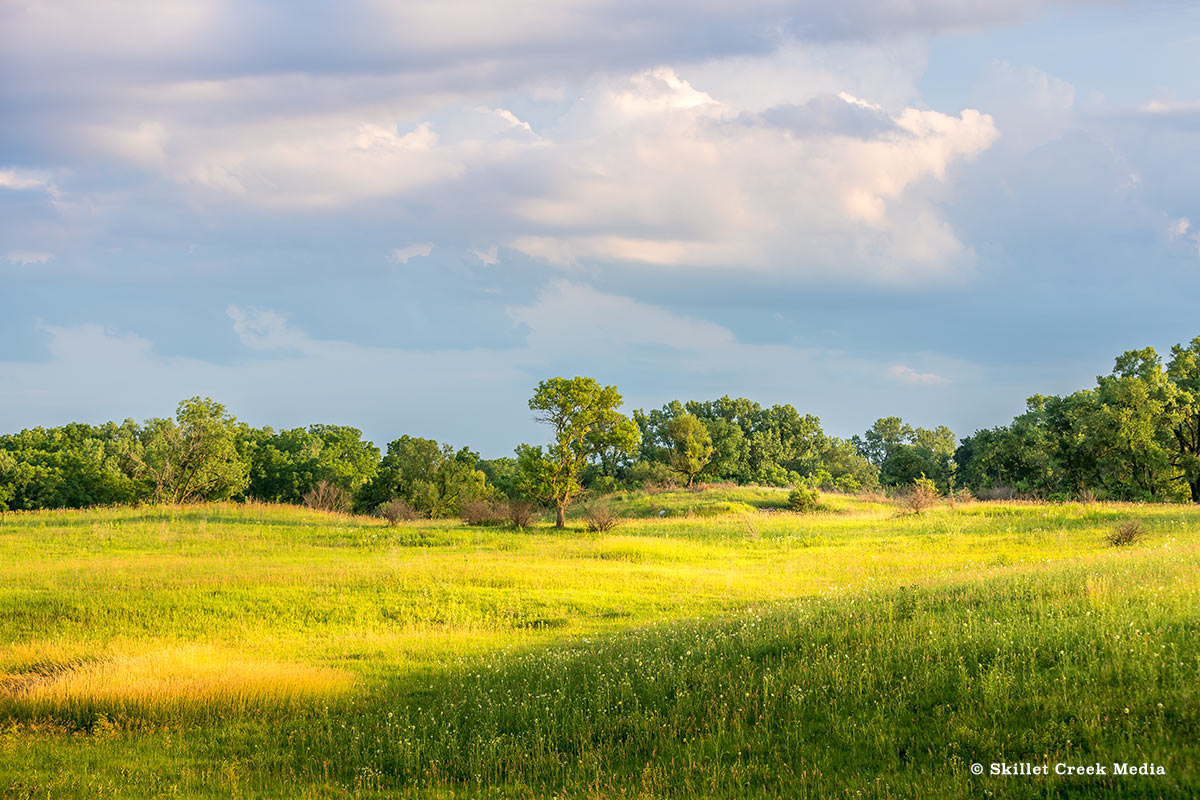
Earlier this spring, we shared video and photos when the Wisconsin DNR burned a large section of the Sauk Prairie Recreation Area. We thought it would be a good time to go have another look! It’s looking pretty nice!
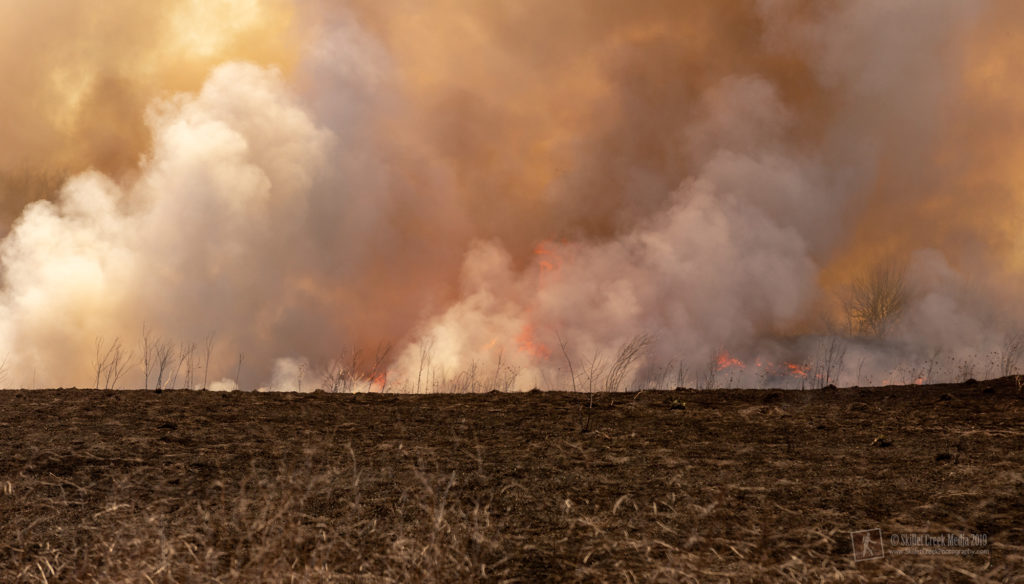
Fire was always an important part of Wisconsin’s environment. For thousands of years, before European settlers arrived, wildfires occurred naturally through lightning strikes or were set by Native Americans to create healthy landscapes to attract game animals and to open areas for settlements. In fact, these fires were so integral to the Wisconsin landscape, that many of our native plants and animals are dependent on the fires for their very existence!
From the time Wisconsin was “settled”, the fires pretty much stopped. It was years before we realized their importance to the landscape. Today we use what we now call “prescribed” or “controlled” burns to maintain or recover healthy lands. These days, the rising smoke of prescribed burns has become a normal part of the spring and fall seasons in our part of Wisconsin.

Soon after the fire has passed, the recovery begins. Within a week or two, green shoots rise up through the ashes. It’s not long then before the prairies once again fill with waves of grass dotted with color and swarming with insects mixed with the calls of songbirds. The transformation is really quite spectacular.
So, last week I went for a walk in the prairie that was featured in the burn video I posted here earlier this year. I wasn’t alone. Researchers from the University of Wisconsin were also wanding the tall grass. They were looking for bumblebees… And that is another story for another time. For now, here are some photos from one nicely recovered section of the Sauk Prairie where today, native plants, birds, and insects are thriving!
To learn more about visiting the Sauk Prairie Recreation Area click here.
Photo Gallery
The SPRA was a former army ammunition plant, known locally as “Badger”. In some of the photos, you will see the remains of a farm that pre-dated the ammunition facility.

For nearly 2 decades the Skillet Creek blog has focused on 3 main goals; To inspire you to visit and explore the Devil’s Lake region, to help you get the most your visit by sharing tips, events, and other helpful information. Lastly to advocate for our environment & wildlife and talk about how we can keep our natural areas amazing now and into the future! That last goal can sometimes cause controversy, but it’s the only way we can accomplish the first two. – Derrick Mayoleth, Owner.
This Post Has 2 Comments
Comments are closed.












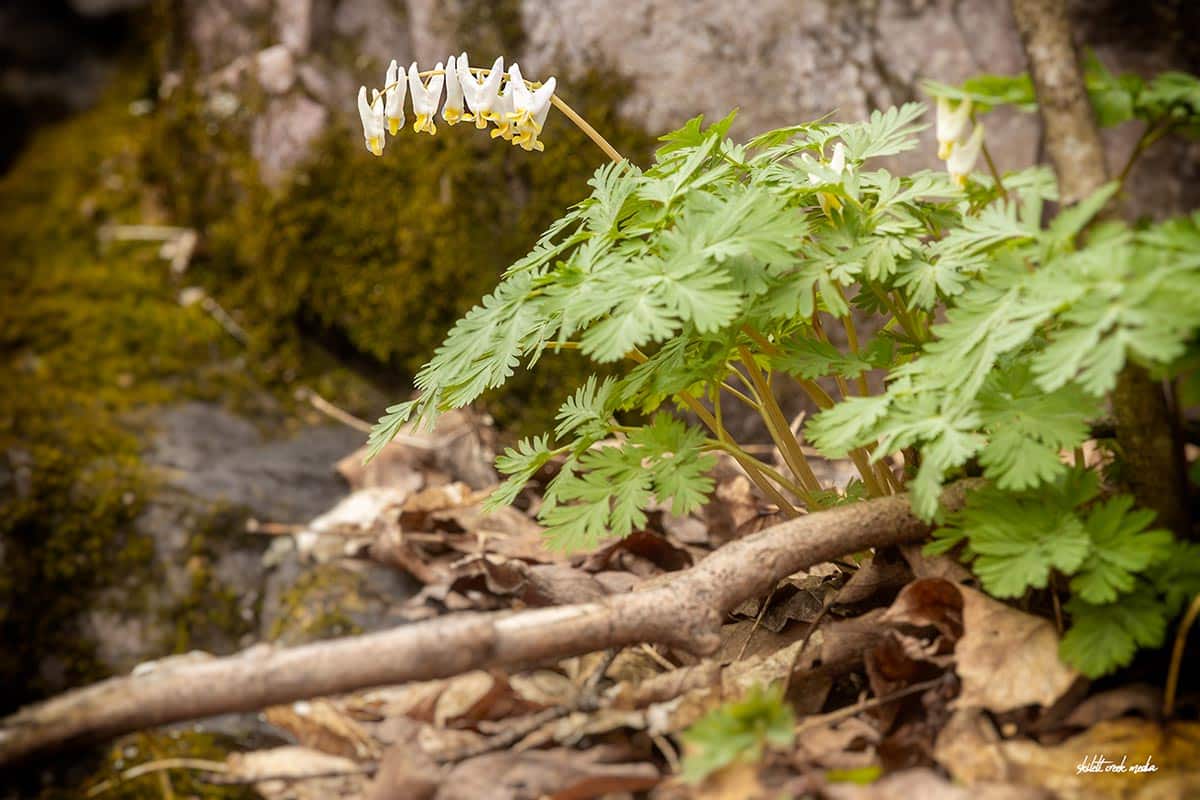
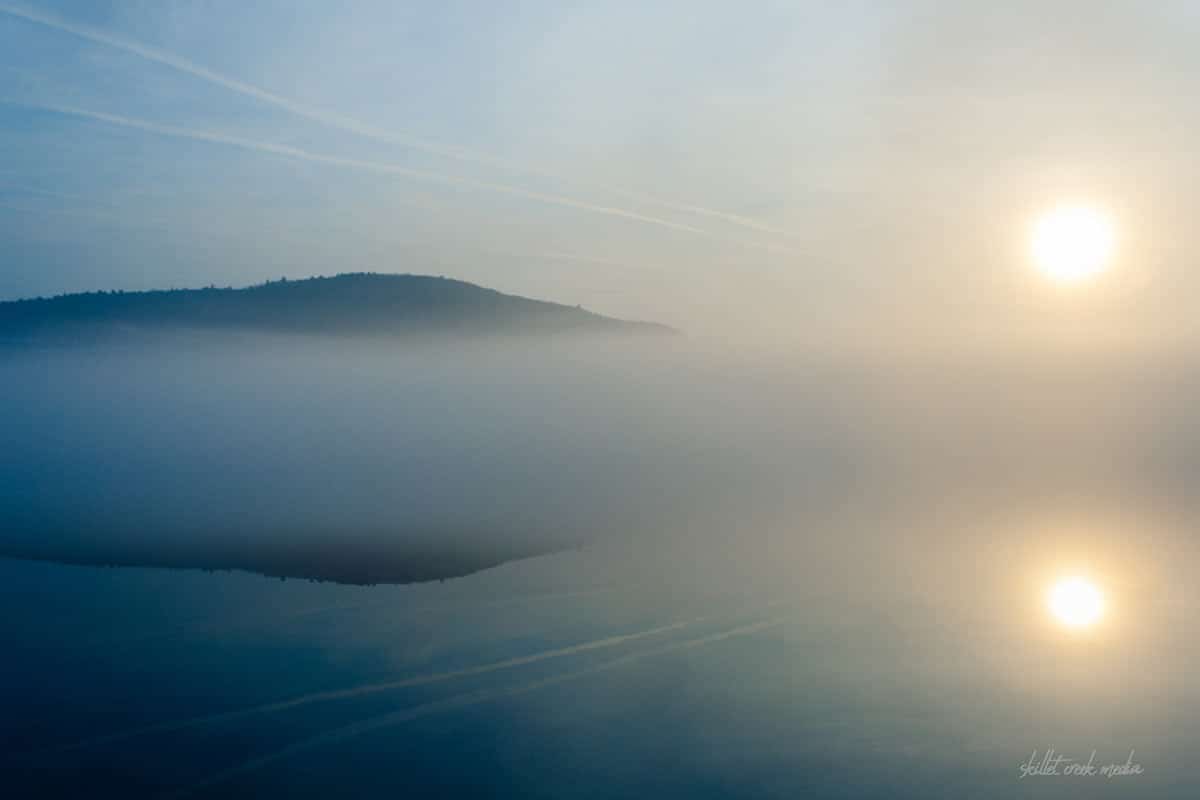
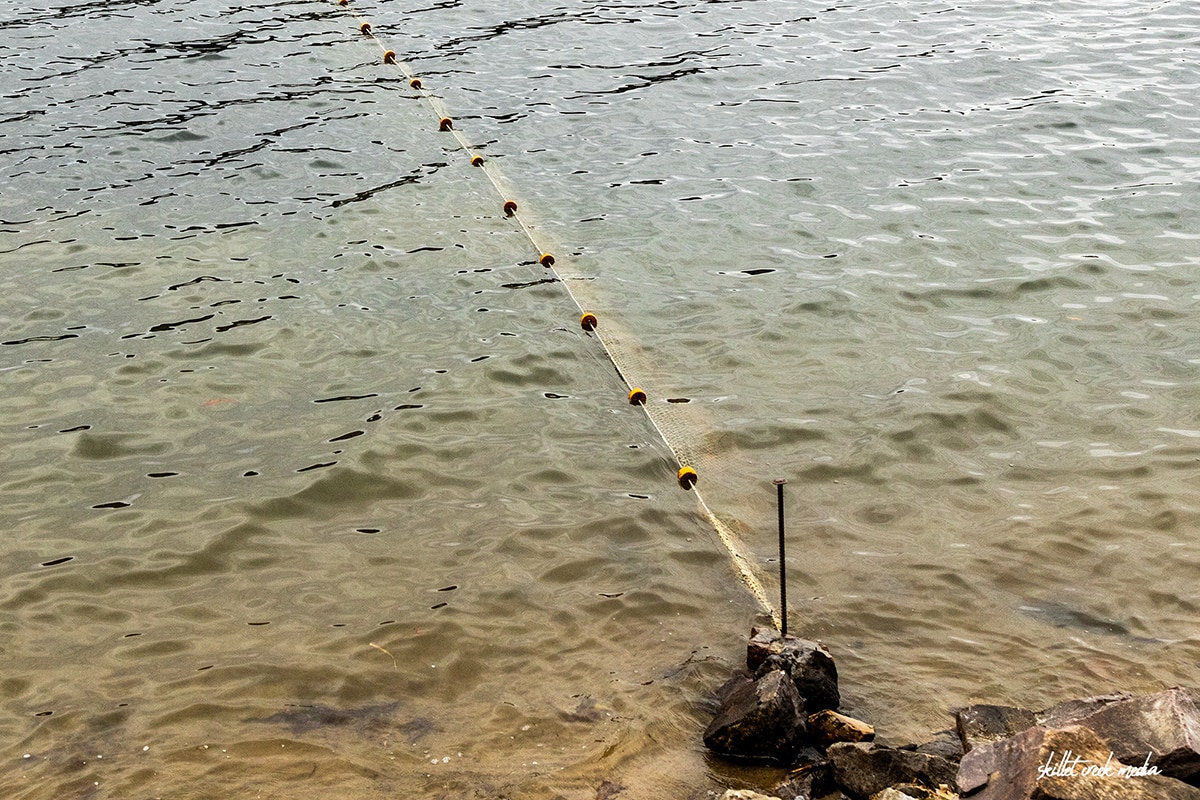
Say, you’re pretty good with a camera there, young feller 😉
Why thank you. 😉